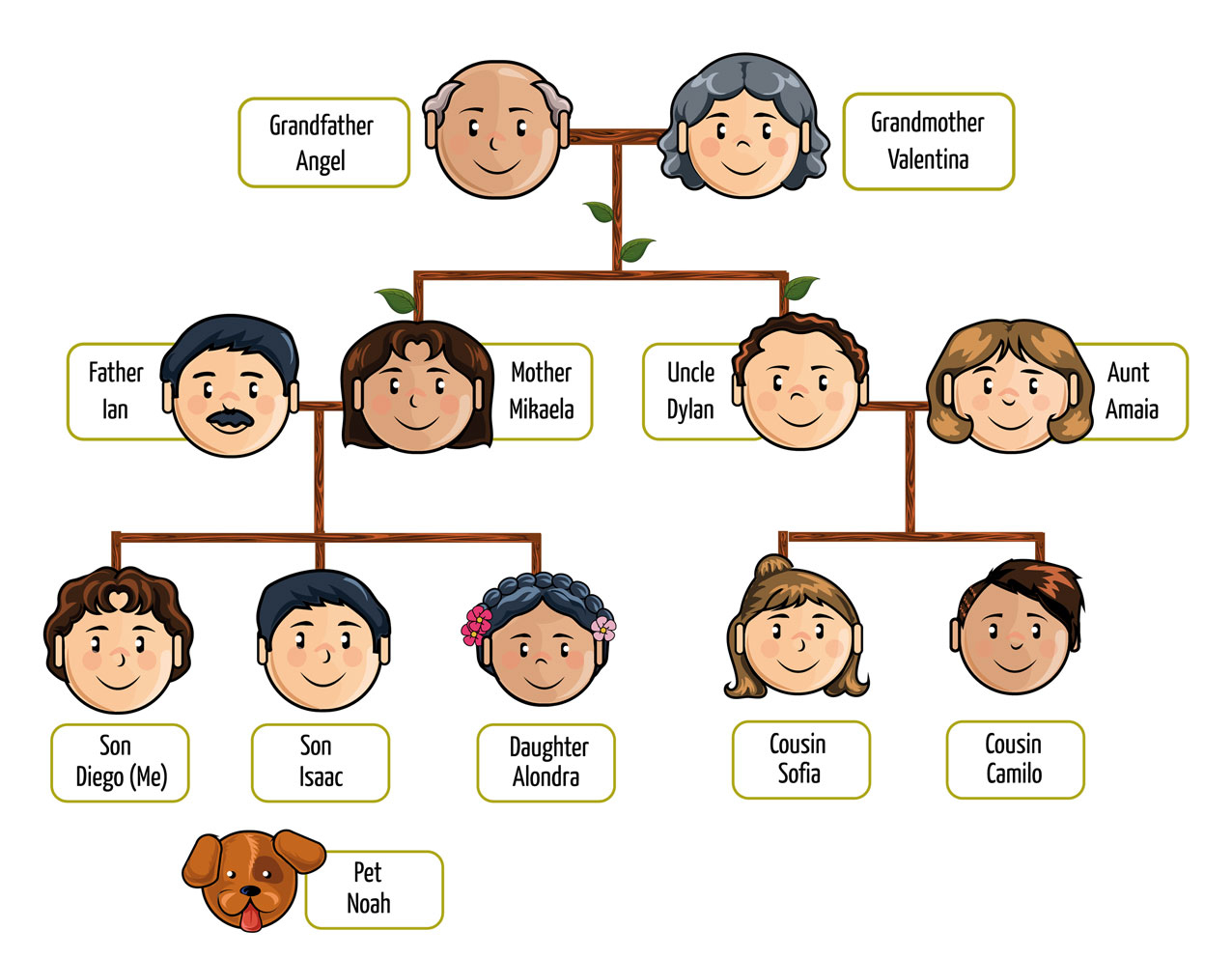Pronouns
Pronouns take the place of a noun and we use them so that we don’t have to repeat a noun. This helps to simplify speech and writing by using a word to represent longer passages and ideas.
Personal Pronouns
Personal pronouns take the place of people or things. They can be either singular or plural, depending on whether they refer to one or multiple nouns. For Example: I, me, we, and us.
Possessive Pronouns
Possessive pronouns are personal pronouns that also indicate possession of something. They have singular and plural forms These pronouns often appear before the possessed item, but not always. For example: both “my car” and “the car is mine” both indicate who owns the car.
Reflexive Pronouns
When a subject performs an action on itself, the sentence uses a reflexive pronoun after the verb. Reflexive pronouns include myself, himself, themselves, and herself. For example: “I kicked myself.”
Relative Pronouns
A relative pronoun starts a clause (a group of words that refer to a noun). Who, that, and which are all relative pronouns. They can also serve as other types of pronouns, depending on the sentence. For example: “I saw the dog that you own.”
Demonstrative Pronouns
Demonstrative pronouns point out or modify a person or thing. There are four demonstrative pronouns: this and that (for singular words), and these and those (for plural words). For example: “This is my car.”









